A lot has been said recently in the media on the topic of first home buyers (FHBs) and their ability to get into the property market. House prices have been rising – seemingly inexorably – for two decades and throughout this time, we’ve wondered if the next generation of would-be property purchasers will ever manage to actually ‘become’. And yet they do.
By hook or by crook, FHBs and first-time investors (FTIs) continue to enter the market. This is not speculation or mythology. The ABS’s data on the value of owner-occupied lending commitments for first home buyers tells us that FHB’s have become a more significant part of the housing market since the beginning of 2017 than they were prior to that – not just a bigger proportion in a shrinking market, but a bigger proportion of a growing market.
The rise of the FHB was in line with the cash rate and lending rates. It began towards the beginning of 2017 when the cash rate was sitting at 1.5% and continued through into 2019 and 2020, when we saw 5 rate drops in 9 months between June 2019 and March 2020.
Coming into the pandemic, then, with interest rates falling to their lowest in living memory, lending for owner-occupied properties took off and with it, lending to FHBs – peaking at 25% of all owner-occupier loans in December 2020 and $7.2bn in lending commitments in January 2021.
However, since this peak, we’ve seen a sharp decline in FHB activity in 2021, with the latest ABS data showing that in September 2021, FHBs accounted for 18% of all new owner-occupier loans. This remains well above the long-term average, but 4% below where it was in March 2020 at 22%.

Source: Australian Bureau of Statistics
Is there a shift to investment?
Is this dip reflective of a shift from home buying to investment property buying among first-time buyers (first home buyers and first-time investors combined) generally? This notion is something that has been discussed at length in the media. The ABS data provides the answer.
Since March 2020, the proportion of the value of lending to first-time buyers for investment has doubled from 4% to 8%, which is significant. However, it’s still only 8%, so I think we can say that while there has been a small shift towards investment borrowing among first-time buyers, the vast majority of borrowing by this group is for owner-occupier property.
RFi’s data shows that for first-time buyers, the most significant driver of purchasing a home rather than an investment property is the desire to stop paying rent. Nearly half (47%) of those that purchase a home stated this as a key reason. The cost of debt may well be low, but that doesn’t mean rental costs are low.
Is there a declining property demand among FHBs?
Another question…does this drop in the value of FHB lending reflective of declining demand for property ownership among Millennials and Zillenials? RFi’s data suggests it is most definitely not. I say this due to a range of indicators across several surveys that we run in the Australian market.
The first data point I’d like to discuss is from our survey of savers, which has been running regularly since 2008. Savers are a growing segment of the Australian population. Our latest data suggests the savings rate is at historic highs with the nation’s largest banks seeing double-digit growth in household deposits over the last 18 months.
What are people saving for? When we look at the primary goals of this growing saver segment, the only goal that has increased in prevalence since before the pandemic began, is that of ‘House deposit’. House deposit is also the most common primary savings goal of savers.

Source: RFi Group’s biannual survey of savers
Furthermore, when we break down the age profile of those saving for a house deposit, we find that the only age group that has seen a significant increase in propensity to save for this purpose is the very youngest age group – 18-24 year old’s. Rather than turning away from property, they are turning towards it.

Source: RFi Group’s biannual survey of savers
The Widening Desire-Reality Gap
The other interesting thing that we’ve seen is that the gap between the median age of a recent FHB (purchased in the prior 12 months) and a prospective FHB (saving for a house deposit) is widening. This data comes from our mortgage surveys and savings surveys.
Back in 2017-18, the Median age of a recent FHB was just one year older than a prospective FHB (32 vs 31). However, over the last few years, that difference has increased to six years (35 vs 29). In other words, the age at which an Australian buys their first home is increasing, while the age at which they save for their first home is decreasing.
This data points to two things. Firstly, it’s getting harder to get into the property market – 30 quarters of growth in housing prices across the eight capital cities out of the last 36 quarters will tend to do that. Secondly – and back to my earlier point – younger consumers are not turning away from property ownership. The Australian dream is alive and kicking – at least in the format of desire.

Source: RFi Group’s biannual survey of savers and quarterly survey of mortgage borrowers
Where do FI’s fit in?
With this ever-widening gap between desire and reality, it’s worth considering what FI’s (Financial Institutions) can do to help would-be first-time buyers.
Let’s start with the savers. In our surveys, we’ve been asking savers what they feel their savings account provider could do to help them save more by giving them a choice of a range of savings-related features or the option to say ‘none of these would help me’.
Over the last 18 months, the proportion of savers saying that there is nothing that could be done has fallen from 36% to 30%. Essentially, savers are becoming more open generally to the types of tools and incentives that will enable them to save.

Source: RFi Group’s biannual survey of savers
Further, when we break the responses down by age and by savings goal, we find that the youngest savers and those who are saving for a house deposit are the most open to all of these tools. In fact, only 7% of those with the goal of a house deposit said that there was nothing their FI could do to help them save. This group was significantly more likely to value each type of tool mentioned in the question. In other words, they are a receptive audience, that wants help achieving their goals.
As long as the desire to own property persists in Australia – and the signs are that the desire is as strong as ever – there will always be a need for banks and non-banks to assist the new generation in achieving their dreams. In a world where banks get a rough ride in the media and public opinion, savings institutions have a lot of value to add in assisting these individuals in saving for a house deposit and in doing so, engage the next generation of home buyers before they actually need to look for a loan. Click here for more of our insights on FHBs and the property market.
*This article was originally posted on Alan Shields Linkedin.

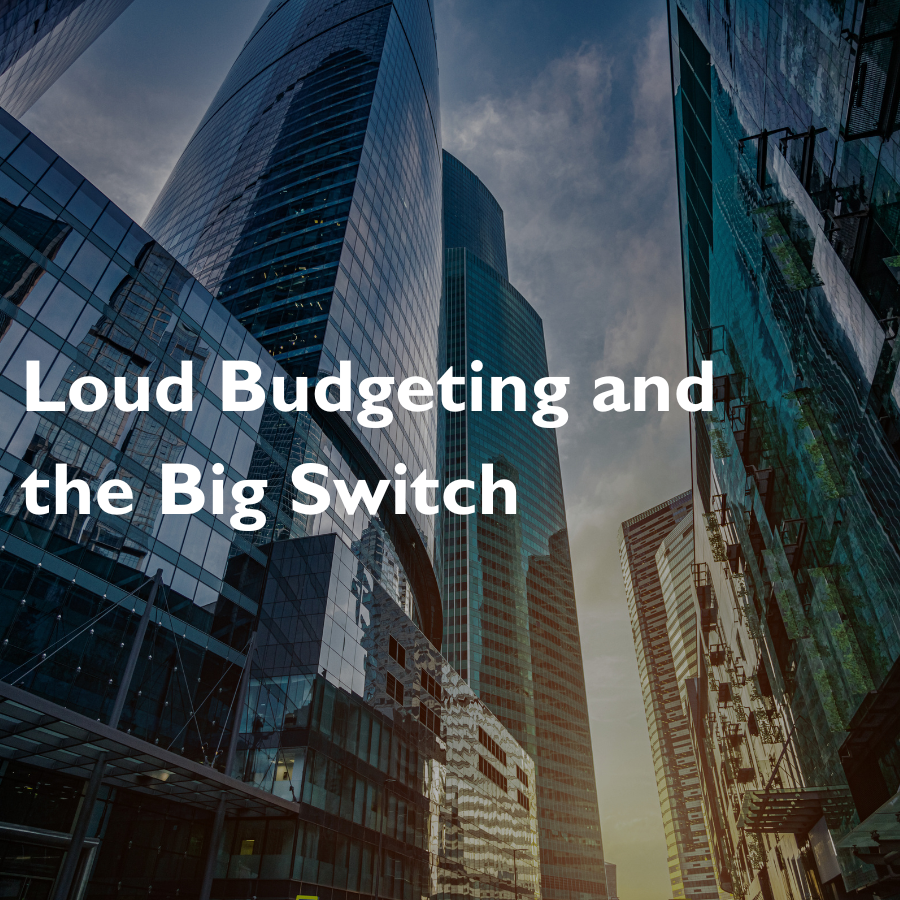

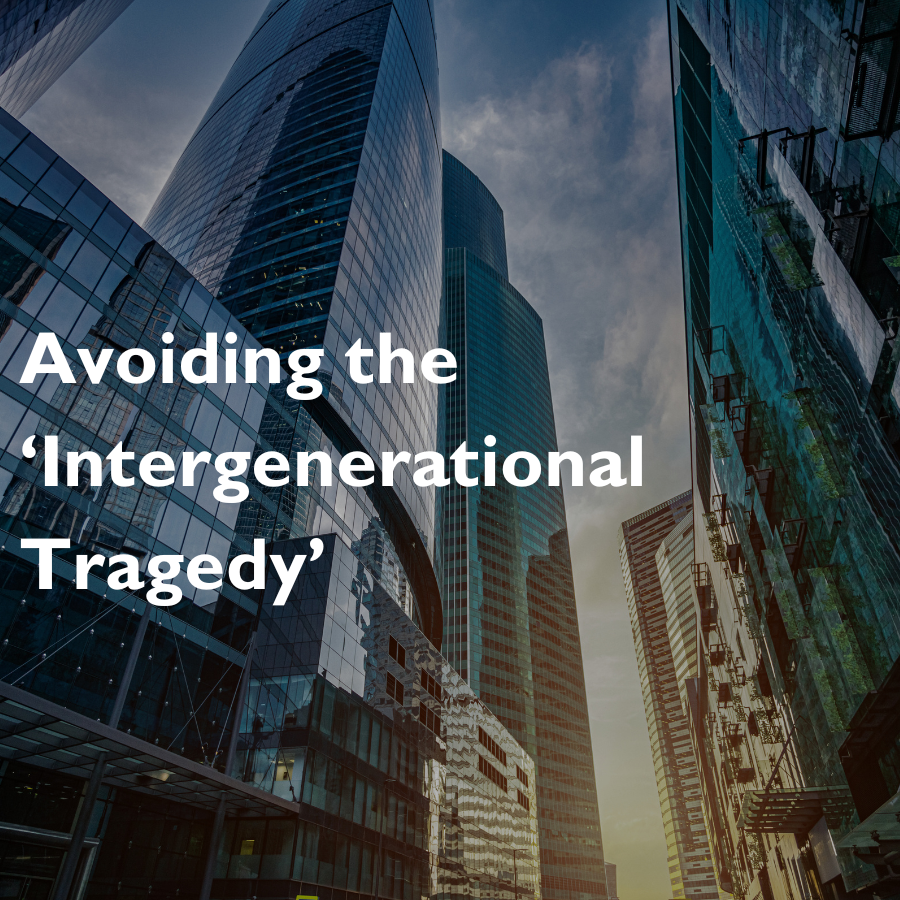






















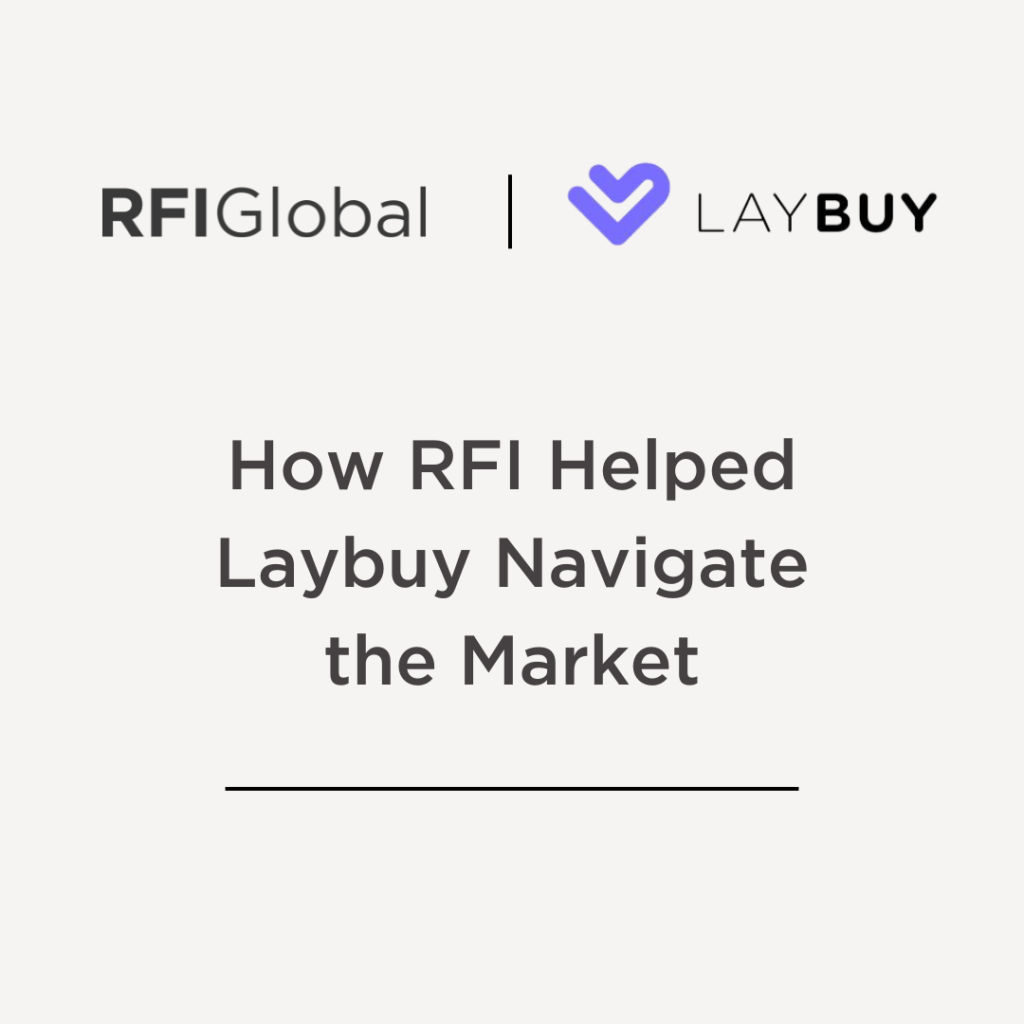







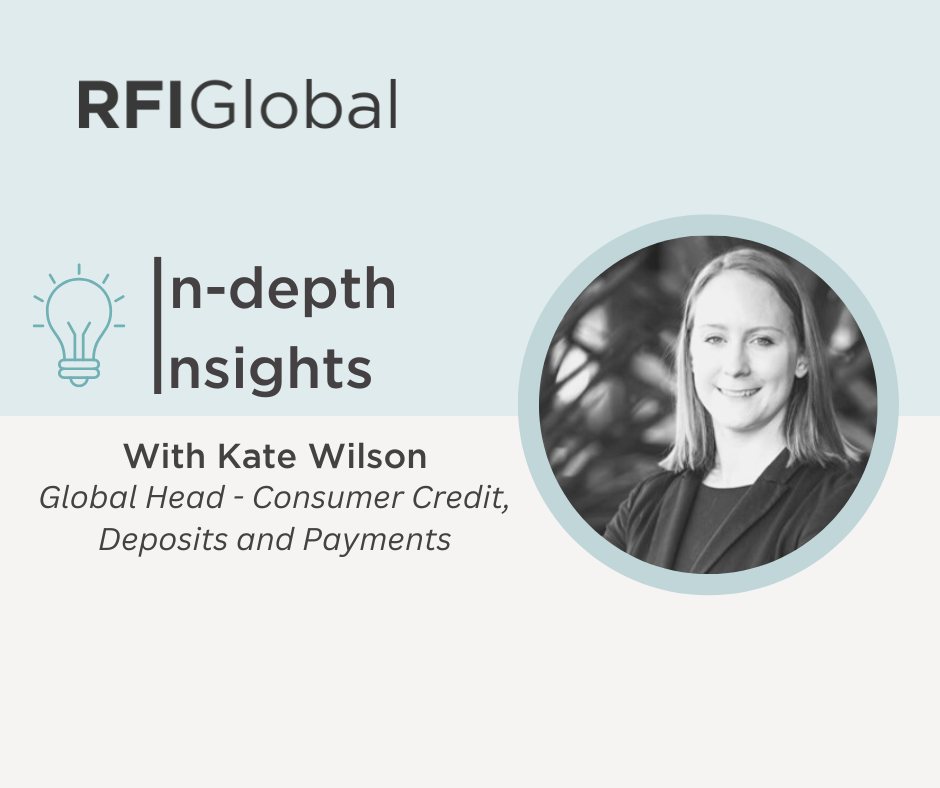





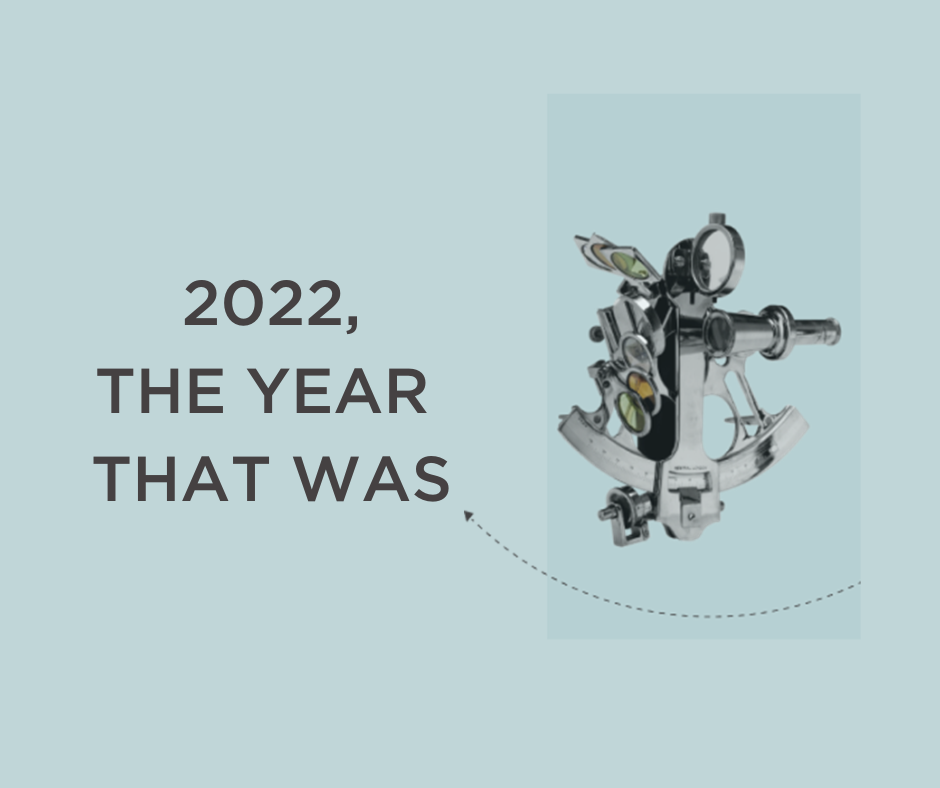

























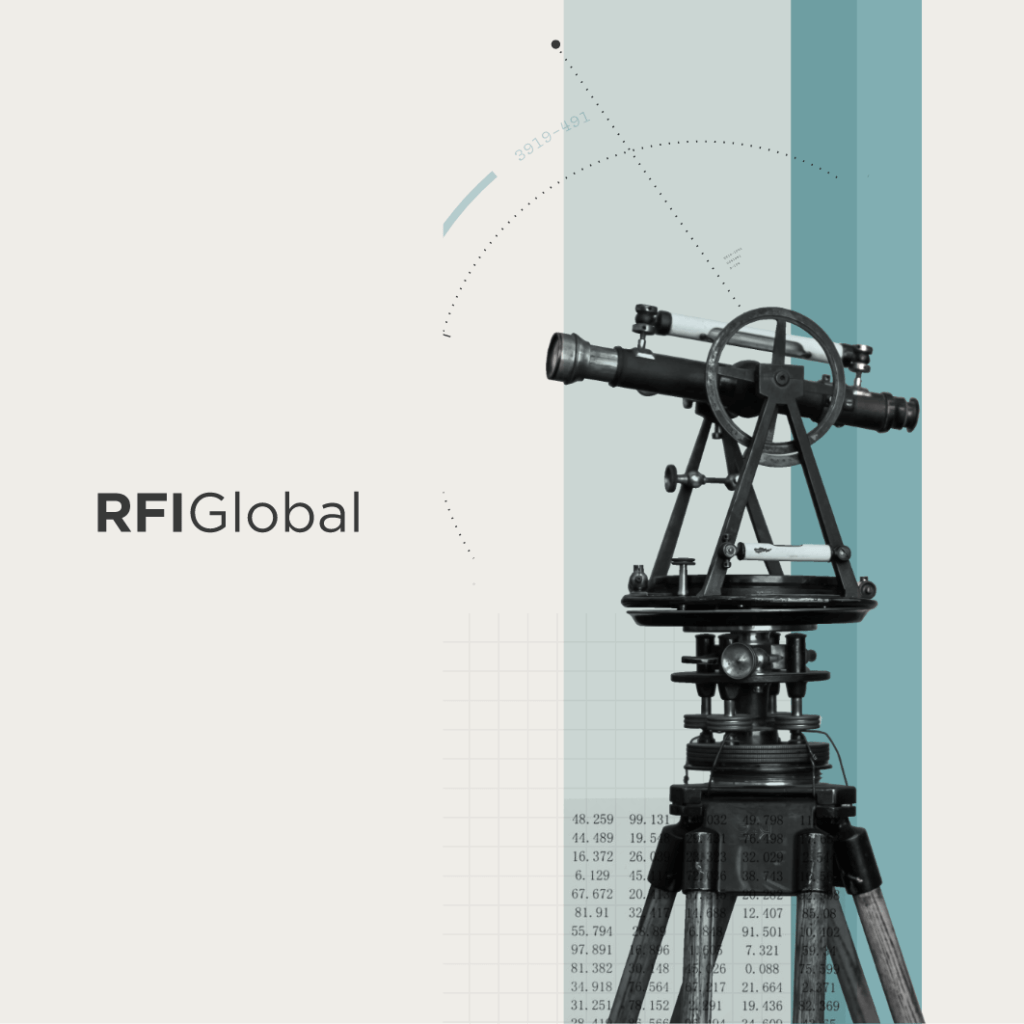


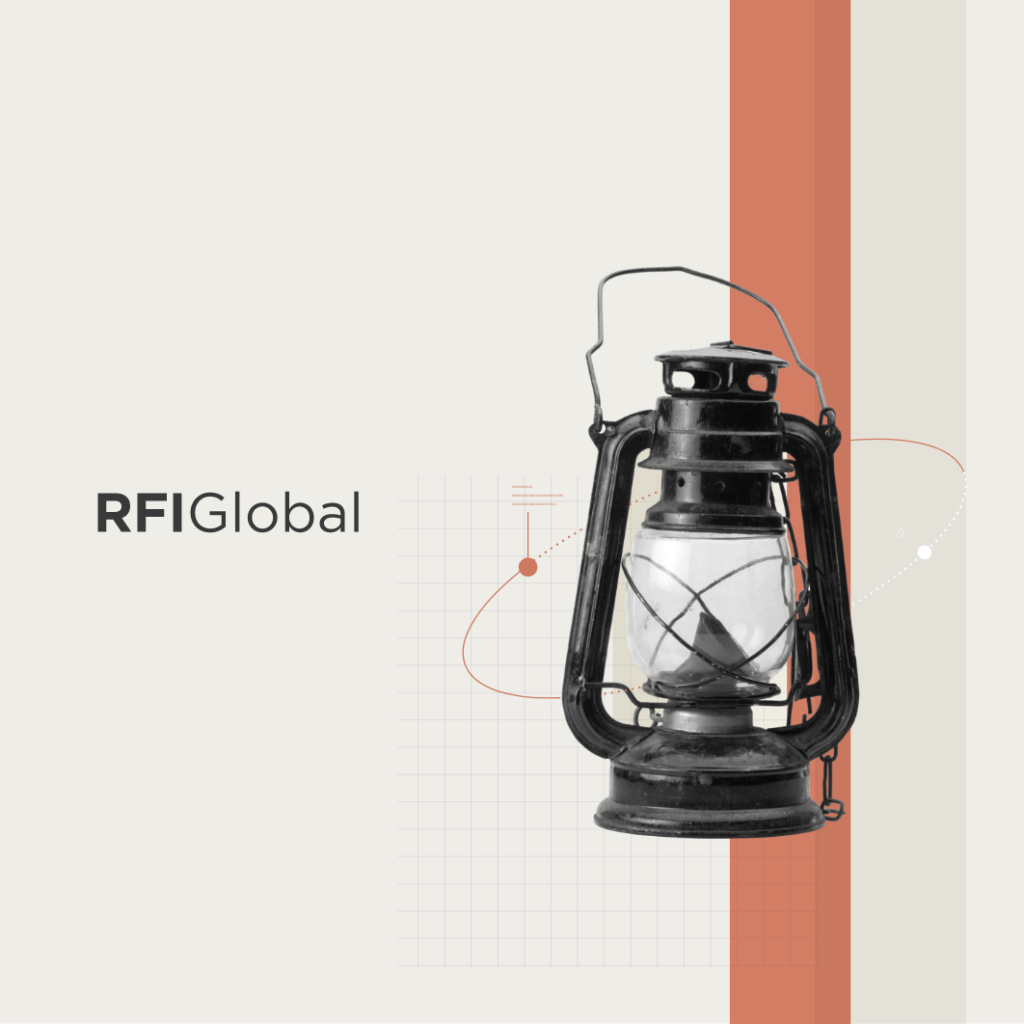
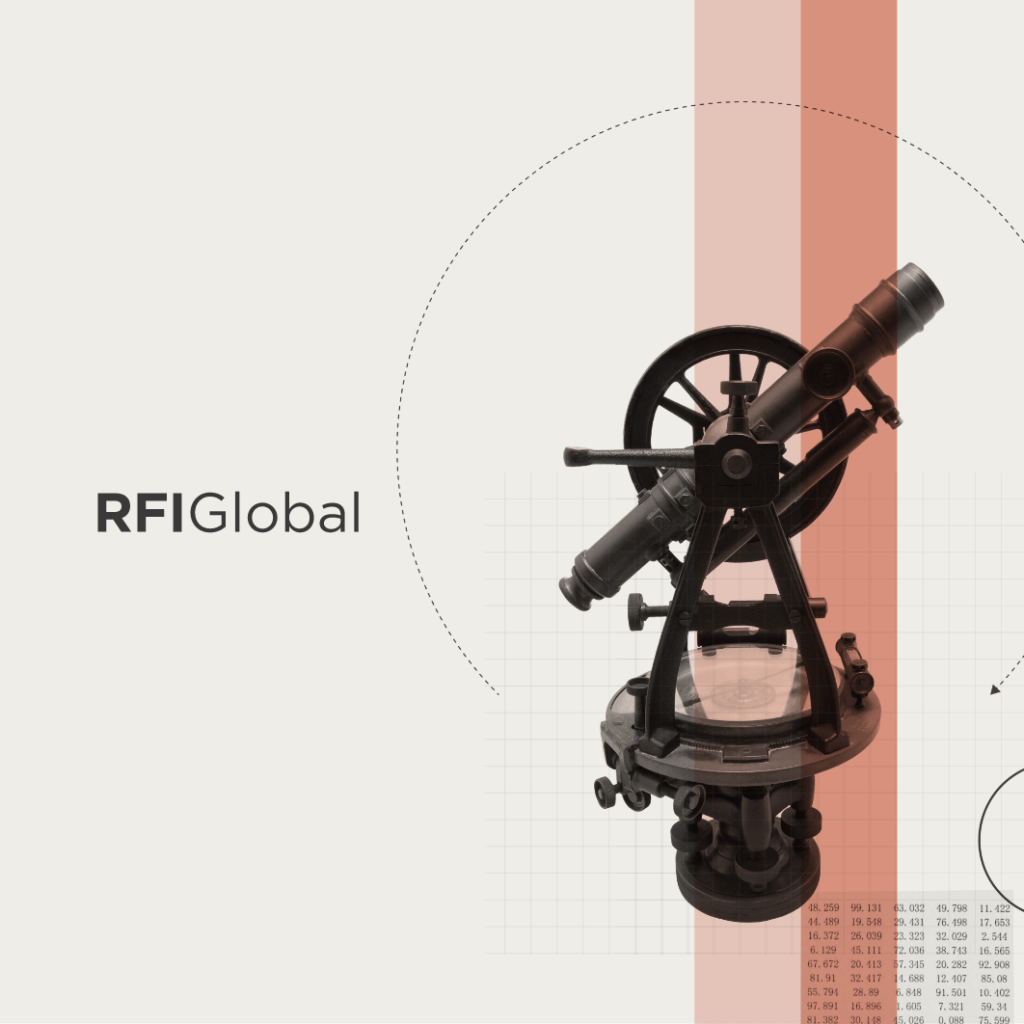
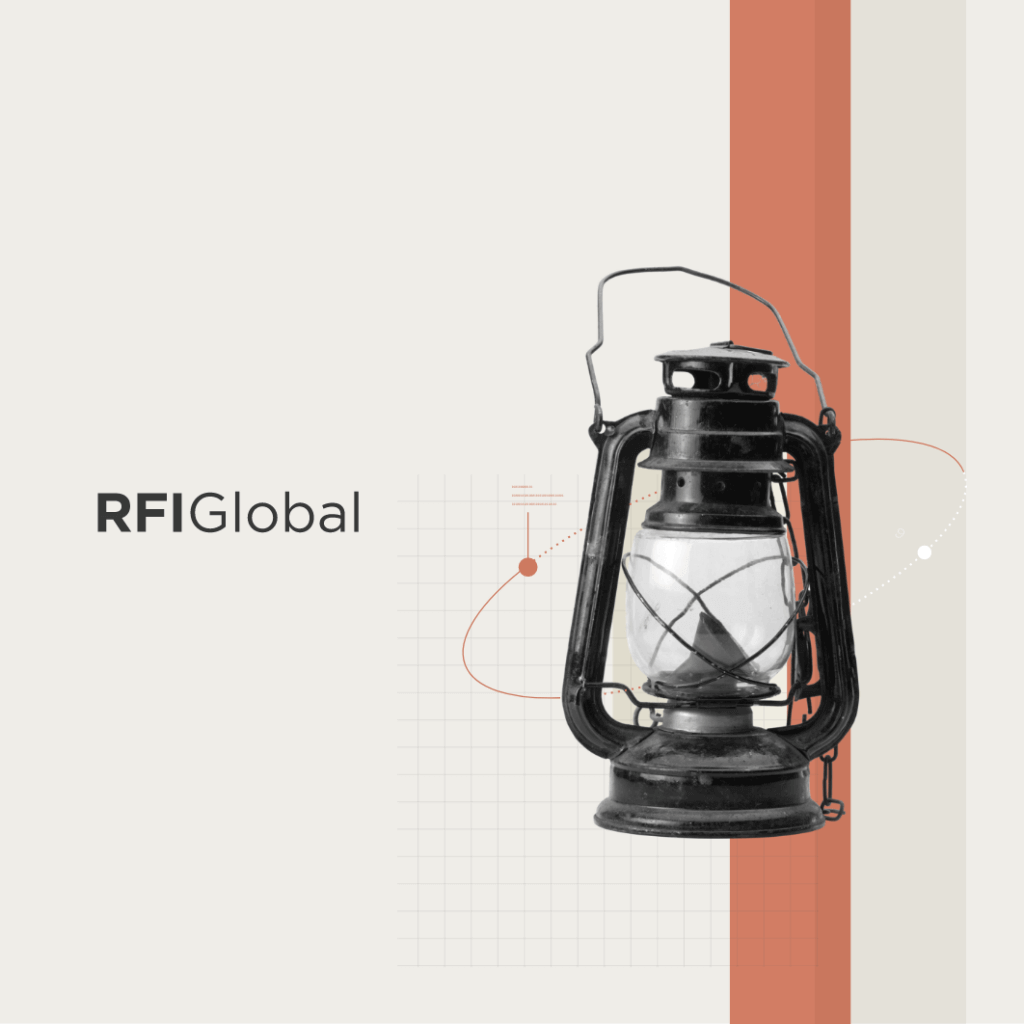
/NQA-ISO-27001-Logo-UKAS.jpg)